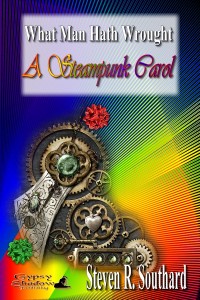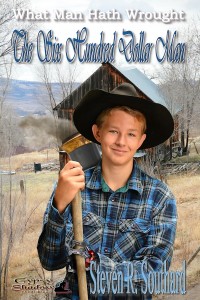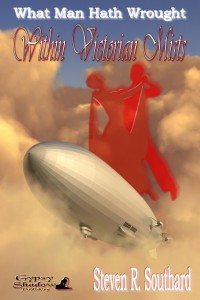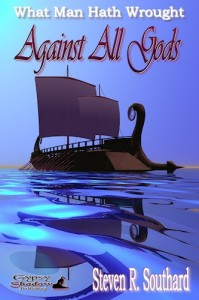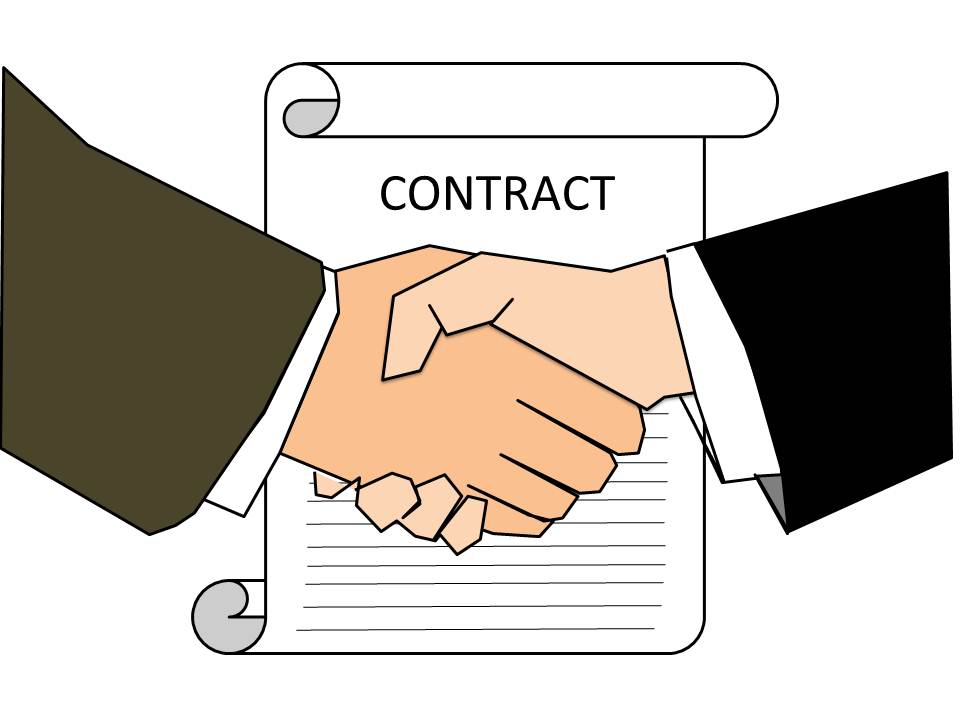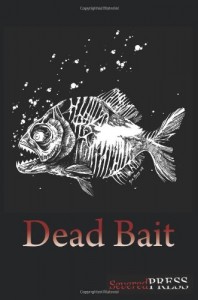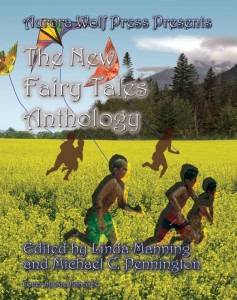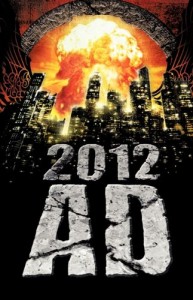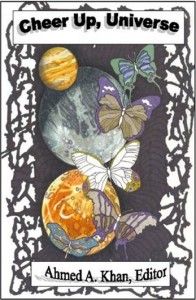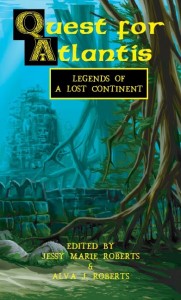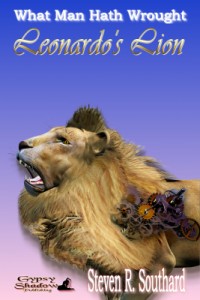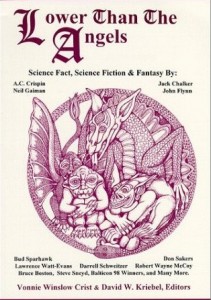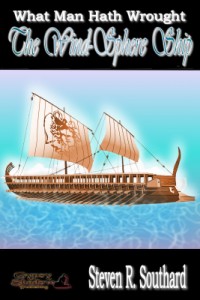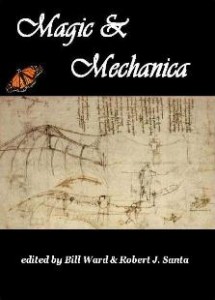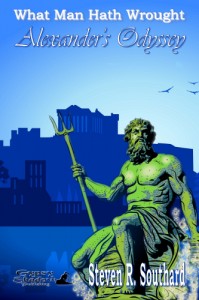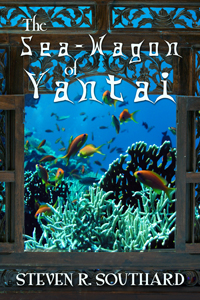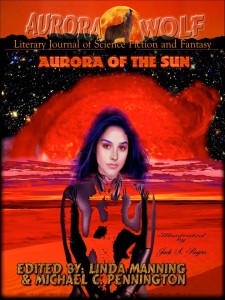I’ve mentioned a couple of times before (here and here) my method of coming up with story ideas. I call it the seed and twist. The seed is some humdrum, everyday thing. The twist is where you look at the seed in a new way, give it some novel alteration.
By way of illustration, I’ll discuss the seed and twist for each of the stories I’ve had published to date. Don’t think of it as a glimpse into how my mind works; you don’t want to know. Think of it as a jumping off point for coming up with your own story ideas. Sometimes my seed ideas aren’t very everyday things.
- “Target Practice”
- Seed: a prison
- Twist: It’s a prison of the future, underwater, and prisoners are made to drive weaponless mini-subs to serve as targets for the country’s submariners.
- “Alexander’s Odyssey”
- Seed: the legend that Alexander the Great descended in a diving bell
- Twist: How would the sea-god Poseidon react?
- “The Sea-Wagon of Yantai”
- Seed: some obscure references I found that someone had made a submarine in China around 200 BC
- Twist: make it a tale pitting war against peace
- “Blood in the River”
- Seed: your standard vampire
- Twist: This is an Amazonian vampire-fish known as a candiru, that shape-shifts between human and fish forms.
- “The Finality”
- Seed: the disaster to come in the year 2012 foretold by the Mayan calendar
- Twist: The disaster is the universal end of time itself.
- “The Vessel”
- Seed: a ship and its crew returning home
- Twist: It’s a ship from Atlantis, and their home has sunk beneath the seas.
- “The Steam Elephant”
- Seed: the huge, mechanical elephant from a Jules Verne story set in India.
- Twist: Take the same characters, with a newly built steam elephant, and set them in African in 1879, in time for the Anglo-Zulu War.
- “The Wind-Sphere Ship”
- Seed: the little steam toy invented by Heron (also spelled Hero) in 1st century Alexandria
- Twist: What would happen if he’d used steam to power a ship?
- “Within Victorian Mists”
- Seed: a steampunk romance
- Twist: Lasers and holograms get invented early, in the late 1800s.
- “Seasteadia”
- Seed: a story of young love between opposites
- Twist: The story is set against the backdrop of the world’s first permanent sea colony, or seastead.
- “A Sea-Fairy Tale”
- Seed: a man learning that the world must have some fantasy in it
- Twist: He learns this from an oceanid, a mythological sea fairy.
- “Bringing the Future to You”
- Seed: a fortune teller
- Twist: The crystal ball is an accurate scientific instrument.
- “Leonardo’s Lion”
- Seed: the life-size clockwork lion built by Leonardo da Vinci in 1515
- Twist: It’s about fifty years later and the lion is found by a small boy who finds a secret hidden inside the lion.
- “Against All Gods”
- Seed: a journey to visit all seven wonders of the ancient world
- Twist: The gods of Greek mythology are angry with a pair of mortal lovers and will stop at nothing to ruin their love for each other.
- “A Steampunk Carol”
- Seed: Charles Dickens’ A Christmas Carol
- Twist: The story is played out using the characters of “Within Victorian Mists.”
- “The Six Hundred Dollar Man”
- Seed: the 1970s TV show, “The Six Million Dollar Man”
- Twist: It’s set in steampunk times.
- “A Tale More True”
- Seed: the notion of man travelling to the moon
- Twist: The story is set in a time even before steam power, when the most powerful man-made source of energy was the metal clockwork spring.
It’s one way of coming up with story ideas. So far, it’s worked for—
Poseidon’s Scribe

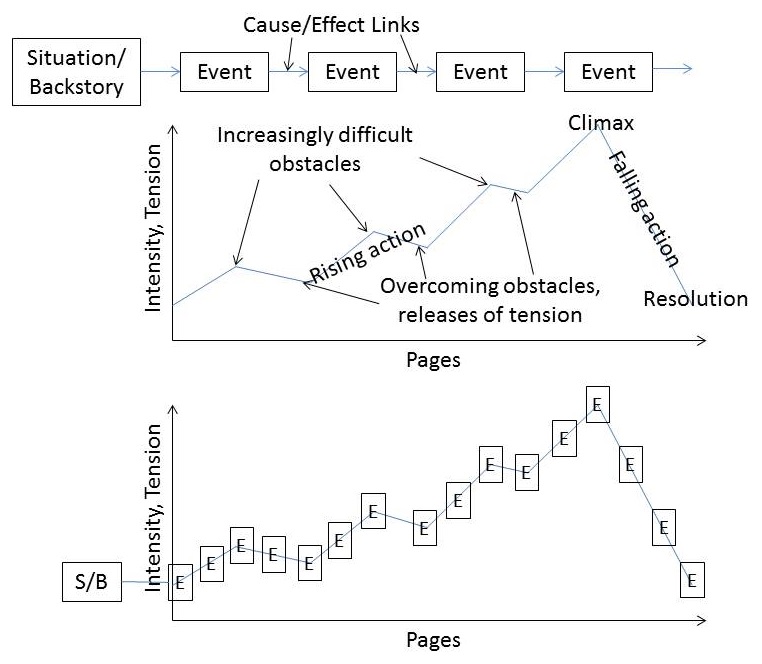

 Federmann could be played well by actor Chris Hemsworth. He’d have to speak English with a German accent, but doesn’t have to do it well, since it’s a comedy. Count Federmann is a brooding character, angry at and jealous of Baron Münchhausen. The Count is intelligent, determined, and optimistic, but lacks sense.
Federmann could be played well by actor Chris Hemsworth. He’d have to speak English with a German accent, but doesn’t have to do it well, since it’s a comedy. Count Federmann is a brooding character, angry at and jealous of Baron Münchhausen. The Count is intelligent, determined, and optimistic, but lacks sense. The Count has a young French servant named Fidèle, and I’ll select Shia LaBeouf for that role. Mr. LaBeouf would have to speak English with a French accent, but not an especially good one. Fidèle is full of life, but has the sense to fear danger, though he’s always respectful of nobility.
The Count has a young French servant named Fidèle, and I’ll select Shia LaBeouf for that role. Mr. LaBeouf would have to speak English with a French accent, but not an especially good one. Fidèle is full of life, but has the sense to fear danger, though he’s always respectful of nobility. Robin Williams. I need an older character of plain appearance who’s able to speak English with a German accent and captivate an audience with his words alone. Robin Williams played the part of the King of the Moon in the 1988 Movie “
Robin Williams. I need an older character of plain appearance who’s able to speak English with a German accent and captivate an audience with his words alone. Robin Williams played the part of the King of the Moon in the 1988 Movie “